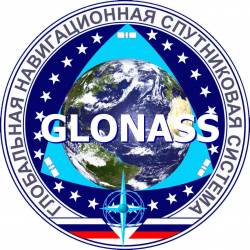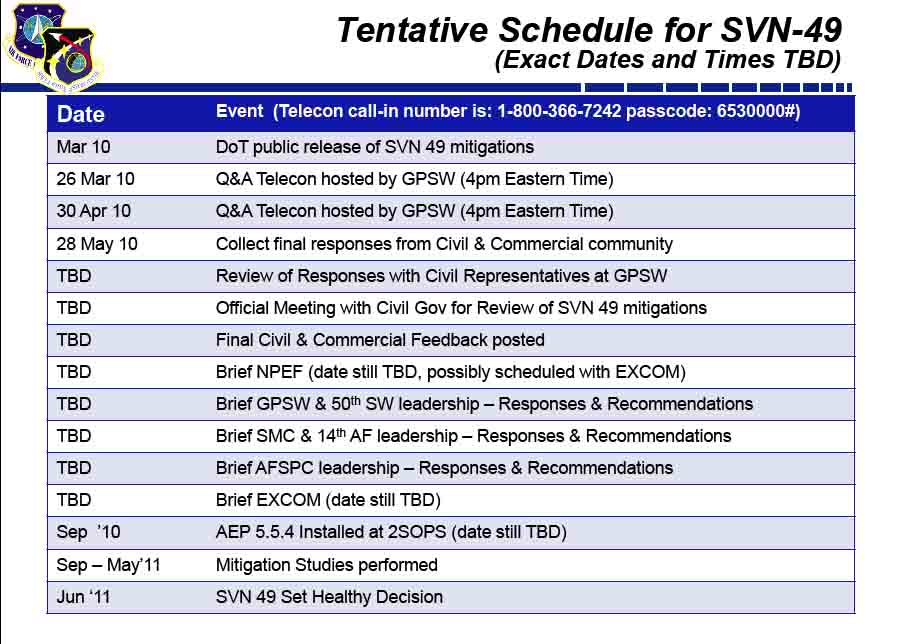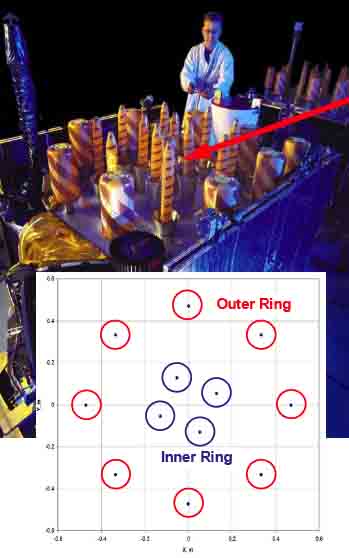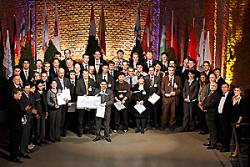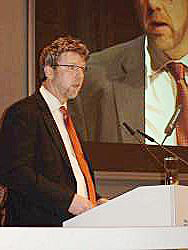Russians Bring Latest Trio of GLONASS Satellites On Line
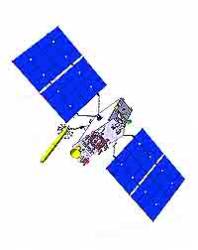 GLONASS-K satellite
GLONASS-K satelliteThree GLONASS-M satellites launched March 2 began transmitting healthy navigation messages today (March 28).
The Russian GNSS operational constellation now includes 23 spacecraft, including two spares in orbital plane III, slots 22 and 23, as well as GLONASS space vehicle 716, which remains in maintenance status with a malfunctioning signal generator.
By Inside GNSS
